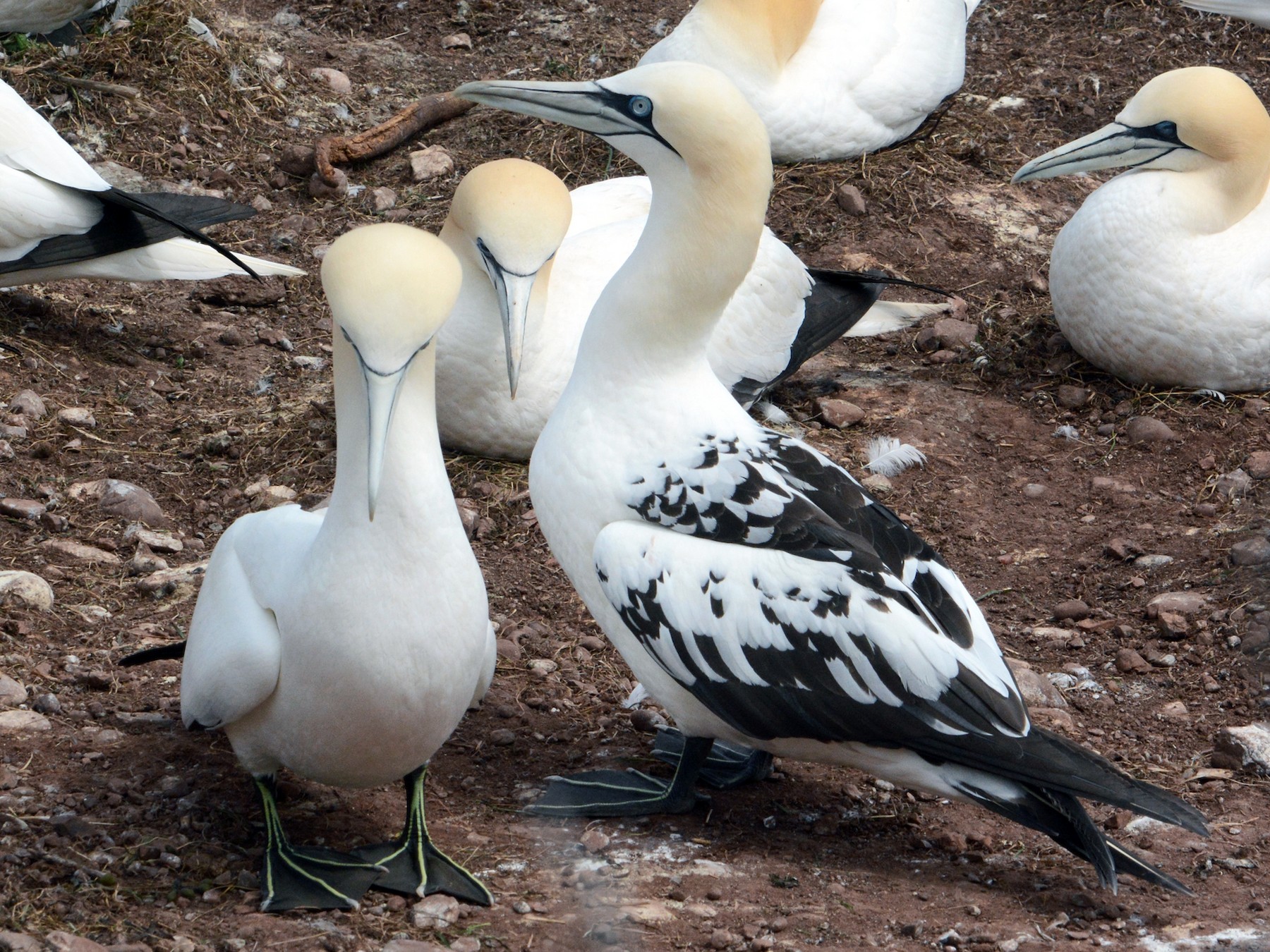The name doesn’t make it obvious, but the Inflation Reduction Act is the most significant climate legislation ever to become law. It also does a lot of other important things. Here are 12 ways this bill benefits birds, people, and the places we need.
1) Reducing Carbon Pollution Through Clean Energy
Birds tell us that we need to take action on climate change. A 2019 report from the National Audubon Society found that two-thirds of North American bird species will be vulnerable to extinction if global temperatures are allowed to rise at the current rate. The best way to do that is by deploying clean energy across the United States.
By directing about $370 billion toward speeding the transition to clean energy (two-thirds in the form of tax credits for producing renewable electricity, investing in renewable technologies, and clean energy manufacturing), the Inflation Reduction Act will cut annual U.S. greenhouse gas emissions by about 1 billion metric tons by 2030, which will help drive down carbon emissions by about 42 percent according to a preliminary study by Princeton University.
Estimates are that the clean energy tax credit extension and clean energy grants in the legislation will result in more rapid deployment of renewable energy with annual solar deployment projected to increase to 49 Gigawatts per year (10GW in 2020) and Wind to 39 Gigawatts per year (15 GW in 2020). (One Gigawatt equals = approximately 3.1 million solar panels.)
It is also notable that the clean energy investments in this bill are also expected to reduce home energy costs while cutting harmful emissions. These savings are driven by a mix of more efficient energy use and lower electricity rates and are estimated to save between $16 and $125 per household by 2030.
2) Assessing the Cost of Methane Pollution
Methane is one of the most dangerous greenhouse gases, and is the second-biggest contributor to climate change, after carbon dioxide. Venting, or burning off, excess methane is particularly hazardous for both people and wildlife, and methane leakage is a common problem in fossil fuel production. Methane from the oil and gas supply chain is often co-emitted with harmful air pollutants.
Reducing emissions from greenhouse gases like carbon dioxide and methane will help alleviate some of the worst effects of climate change. The IRA includes funds for methane emissions monitoring and fixes, and applies a fee on oil and gas operations of $900 in 2024 (up to $1,500 in 2026 and thereafter) per metric ton of methane emitted.

Currently, companies are able to vent or flare excess methane on public lands without paying any royalty like this back to the public. As we address the need to account for climate change and the carbon pollution that contributes to it, these types of regulations are essential to reducing oil field waste and emissions.
The legislation also provides funding through the Environmental Protection Agency to incentivize oil and gas facilities to better monitor emissions and adopt emission-reducing technologies. It also provides support for disadvantaged communities hurt by pollution from oil and gas operations.
3) Spurring Innovation in Clean Energy and Transmission Deployment
Improving our nation’s transmission infrastructure is critical to delivering renewable energy to consumers and enabling the transition to clean, carbon-free electricity at the pace climate threats demand. The IRA would provide more than $70 billion in new loan authority within the Department of Energy, which will help expand clean energy and transmission, as well as update infrastructure to meet climate threats and ensure that new projects are designed with conservation of existing environments in mind.
Replacing existing fossil generation and meeting new demand from electric vehicles will require more than a terawatt of new wind and solar and a 200-300 percent build out of high voltage transmission capacity. Without this investment, the clean energy transition will be too slow and too expensive. Audubon strongly supports that new transmission infrastructure be responsibly sited and managed. Audubon and other partners are working with federal agencies and renewable developers to identify locations where clean energy and the transmission needed to move it to customers can be constructed quickly with the fewest impacts to birds and wildlife.
4) Building Drought Resilience in the West
The IRA includes $4 billion in drought resilience funding for the American West, where rivers like the Colorado River—which provides water for 40 million people and 400 bird species—are in crisis. Specifically, this funding allows agricultural and municipal water users to voluntarily reduce water consumption (leaving more water in rivers), advance projects for efficiencies in water conservation, and restore habitats impacted by drought. In the face of a hotter and drier climate, all of these actions will help the Colorado River, the Salton Sea, and other western rivers.
The bill includes $2 billion for wildfire risk reduction, including funds for nature-based solutions like beavers, which can restore natural hydrology and reconnect river systems. Hundreds of millions of dollars are also included for wetland conservation and restoration on National Park Service, Bureau of Land Management, and National Wildlife Refuge properties.
In addition, the IRA includes $220 million for Tribal climate resilience, $12.5 million for near-term actions to mitigate drought impacts for Tribes, and $550 million for disadvantaged communities to plan, design, and build water projects that create or improve reliable access to water.
5) Bringing America’s Grassland Prairies Back to Life
Grasslands are crucial habitat during the lifecycle of beautiful migratory songbirds across America. These habitats are used for nesting, breeding, and foraging. Henslow’s Sparrow, Bobolinks, and the Eastern Meadowlark are three species that spend part of their life cycle living in grasslands while feasting on various insects and seeds from the tall stalks surrounding them.
In 2019 Audubon found that fewer than 40 percent of the historic grasslands of North America remain. Also in 2019, researchers found that grassland birds suffered the greatest loss of abundance — a staggering 53 percent loss. More than three-quarters of the priority grasslands in the United States are privately owned.
The Inflation Reduction Act invests $20 billion in voluntary conservation programs on private lands — including grasslands — through the U.S. Department of Agriculture (USDA). Audubon hopes to see these funds prevent grassland conversions and support collaborative partnerships that keep grasslands intact. By supporting proven programs we hope to save these songbirds and grasslands.
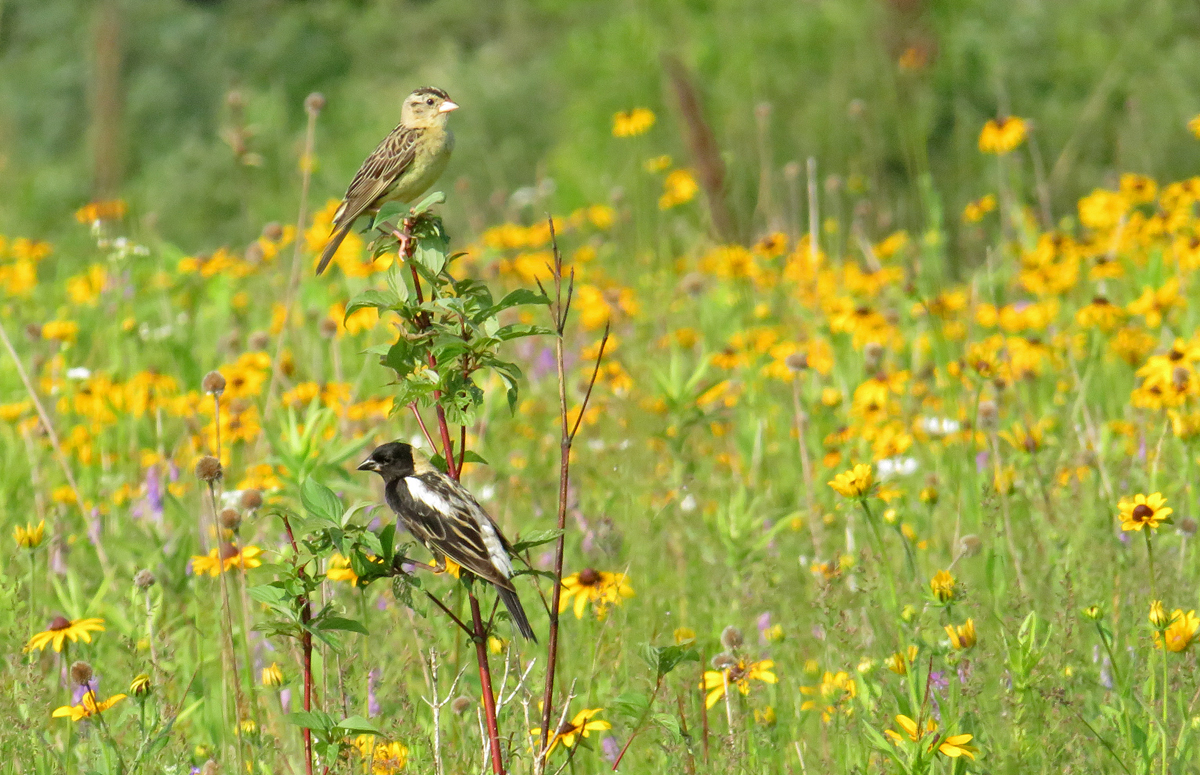
6) Restoring and Conserving Forests
Healthy forests are important for birds and people. The Inflation Reduction Act will invest more than $450 million to help private landowners manage forests and to provide incentives that will help protect more forest ecosystems. Forests naturally store carbon dioxide in their trees, shrubs, and soils, and keep carbon pollution out of the atmosphere.
They also build climate resilience in places like the Upper Mississippi River Watershed where Audubon is working with landowners on forest restoration and management. There, floodplain forests provide communities along the river critical protection from flooding as well as habitat for nearly 200 bird species, including the Prothonotary Warbler, Cerulean Warbler, and Red-Shouldered Hawk.
Managing forests for birds is highly compatible with managing forests for other purposes. Private landowners are already engaged in healthy forest management across the United States, including the Upper Mississippi River Watershed and the Atlantic Flyway where Audubon is working with private landowners and foresters.
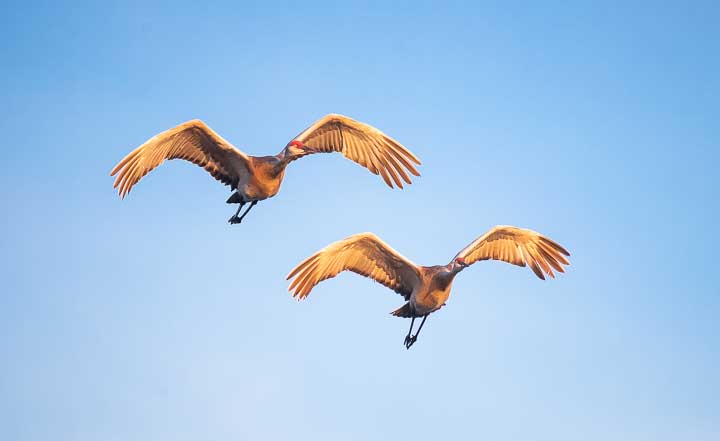
7) Growing Healthy Forests for Everyone
Red-tailed Hawks and other generalist species like Blue Jays benefit tremendously from urban foresting projects. Green spaces in urban areas are also proven to improve both the mental and physical health of those living in surrounding neighborhoods. The IRA invests $1.5 billion in grants for urban and community forestry.
There is an additional $2 billion for National Forest System lands. This funding will support healthy forest management that will make our national forests more resilient to stressors like climate change, and provide important bird habitat and ecosystem services like water quality, flood control, and carbon storage.
These projects will not only provide varied and valuable habitat in urban and rural areas but can help cities reduce energy needs and mitigate the destructive effects of climate change in rural areas. Forest ecosystems support more birds than any other habitat type. Healthy forest management is key to improving habitat diversity; forests featuring new and old growth trees, with canopy gaps for undergrowth development and downed wooded material help birds at various life stages.
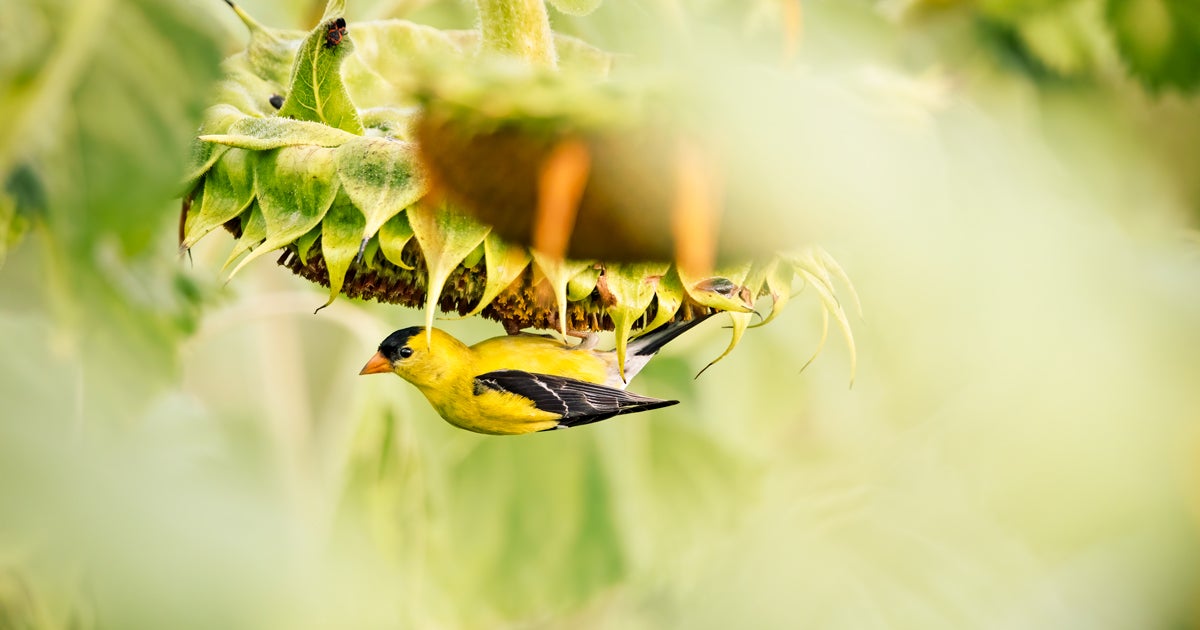
8) Putting Our Lands to Work for Birds and People
The $20 billion from the IRA going toward the grasslands efforts mentioned in #5 will also help more producers implement climate and habitat-friendly practices on their farms and ranches even beyond grasslands. With an additional $1 billion in Conservation Technical Assistance, these funds will help support programs at the USDA that have proven to work for farmers, ranchers, and birds together by supporting landowners as they make habitat improvements. There is often significantly more interest in these programs than there is funding to meet that interest.
In 2021, Audubon found that maintaining and restoring important bird habitats can also help mitigate climate change. The majority of these priority areas are on private lands. These funds will support land owners who implement changes to improve carbon storage and hopefully also the habitat on their land.
Audubon California works with rice farmers to adopt these types of practices and by doing so their active farmland is able to serve as a habitat for migratory birds like the Tricolored Blackbird, Greater Yellowlegs, and the Northern Pintail.
9) Bolstering Natural Infrastructure to Protect our Coasts
The Inflation Reduction Act allocates $2.6 billion dollars to the National Oceanic and Atmospheric Administration (NOAA) for coastal protection and restoration. Through grants, contracts, and technical assistance, coastal states and Tribes will be able to increase their resilience to climate change by restoring habitats like beach dunes and wetlands. These coastal ecosystems act as natural infrastructure, buffering nearby communities from storms and sea-level rise, while also providing a home for nesting and migrating birds.
Additionally, the legislation gives NOAA $50 million dollars for National Marine Sanctuaries, which preserve unique ocean areas, providing critical habitat for marine life and a boost to local economies. For example, the recently expanded Flower Garden Banks National Marine Sanctuary in the Gulf of Mexico is home to seabirds like Magnificent Frigatebirds and Northern Gannets, as well as coral reefs, endangered sea turtles, and sharks. Protecting and restoring coastal habitats both on land and in the ocean will also reduce carbon pollution in the atmosphere and bring the U.S. closer to its climate goals, as wetland plants and coral reefs permanently store carbon pollution.
10) Protecting People and Wildlife
The Inflation Reduction Act will also invest $1 billion for federal agencies to conduct robust reviews under the National Environmental Protection Act (NEPA) for projects using federal funds or on federal lands. NEPA ensures that the government not only accounts for impacts through sound scientific study but also through public input. These reviews are critical, especially as we know energy and infrastructure projects have historically had a disproportionately negative effect on low-income and rural communities, as well as people of color.
The Endangered Species Act has helped has recovered bird species like the Bald Eagle, Brown Pelican, and Black-capped Vireo. This work is often difficult and underfunded but the IRA injects $125 million into the implementation of endangered species recovery plans and addressing climate change impacts on key habitats. Government agencies, like the U.S. Fish & Wildlife Service, work with states, Tribes, and other partners to implement these plans.
Habitat is incredibly important to the conservation and recovery of birds and other wildlife. The IRA also provides $121 million toward rebuilding and restoring parts of the National Wildlife Refuge System and state wildlife areas.
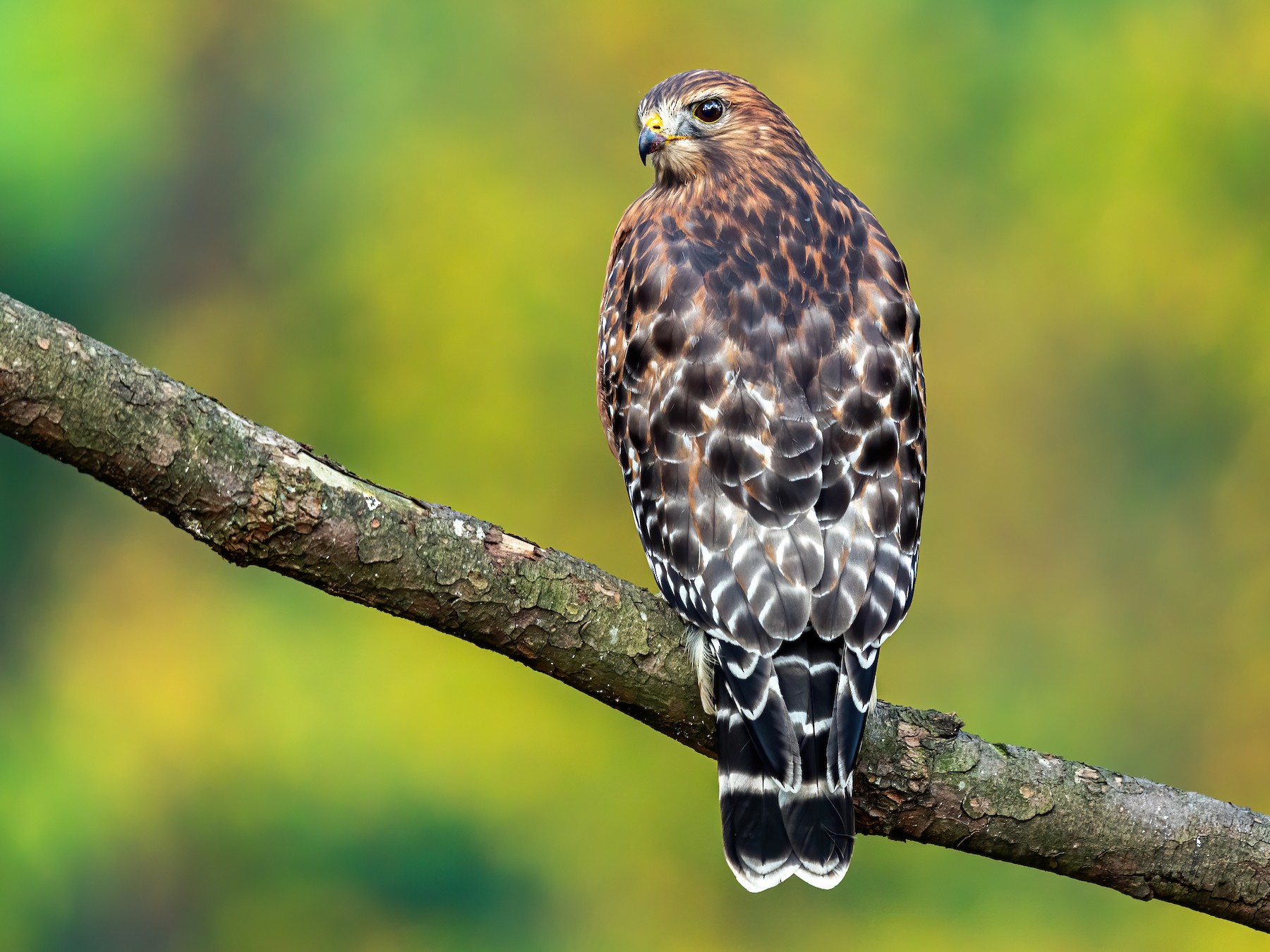
11) Helping Communities and Conservation Through the Energy Transition
There are several provisions in the legislation that will help communities and workers transition to a clean energy economy, like incentives for siting new energy projects on brownfields (i.e. former gas plants and coal mines) and providing benefits for employing workers from energy communities in transition.
Specifically, these provisions include $250 billion for new refinancing and investment tools targeted at reducing consumer electricity costs through reinvestment at existing and retired energy production sites; tax incentives to develop clean energy resources in low-income areas; $10 billion to help deploy clean energy in rural areas through loans and assistance to electric cooperatives; and $18 billion in new loan authority for the Department of Energy to support economic opportunities for Tribes through energy projects.
The IRA also includes $60 billion in funding focused on environmental justice, including $1 billion for a grant program to make affordable housing more energy efficient. The funding focuses on protecting communities impacted by pollution and other climate threats, with $3 billion for block grants to go toward climate adaptation and mitigation, reducing air pollution, and fostering community engagement. This funding is an important first step, but we must continue to do more for the mostly Black, Latino, Indigenous, and low-income communities who have historically shouldered the burden of pollution and climate change.
12) Making Leasing Public Lands for Energy Development Fairer
The federal government has failed to update the way we lease public lands to oil and gas companies for decades, in some cases since the middle of the last century. While some of the oil and gas provisions in the Inflation Reduction Act are not ideal, there are many important reforms including the elimination of non-competitive leasing on public lands by oil and gas operators. Noncompetitive leases are rarely developed – in fact, a recent analysis by the General Accountability Office found that just one percent of noncompetitive leases issued between 2003 and 2009 entered production. Even when undeveloped, these leases can cause problems by limiting land use planning options and discouraging conservation.
The IRA also increases royalty fees and rental rates for onshore oil and gas development and designates that the pricing is regularly adjusted for inflation. These changes will provide important new funding for state and federal budgets. They could also help limit the common practice of oil and gas companies pursuing and locking up large parcels of land that could be important for wildlife, like the Greater Sage-Grouse, even though they may not intend to drill on it. As energy companies use America’s public lands for exploration and production it is only right that we work to make the system and price for extracting our natural resources fair.
